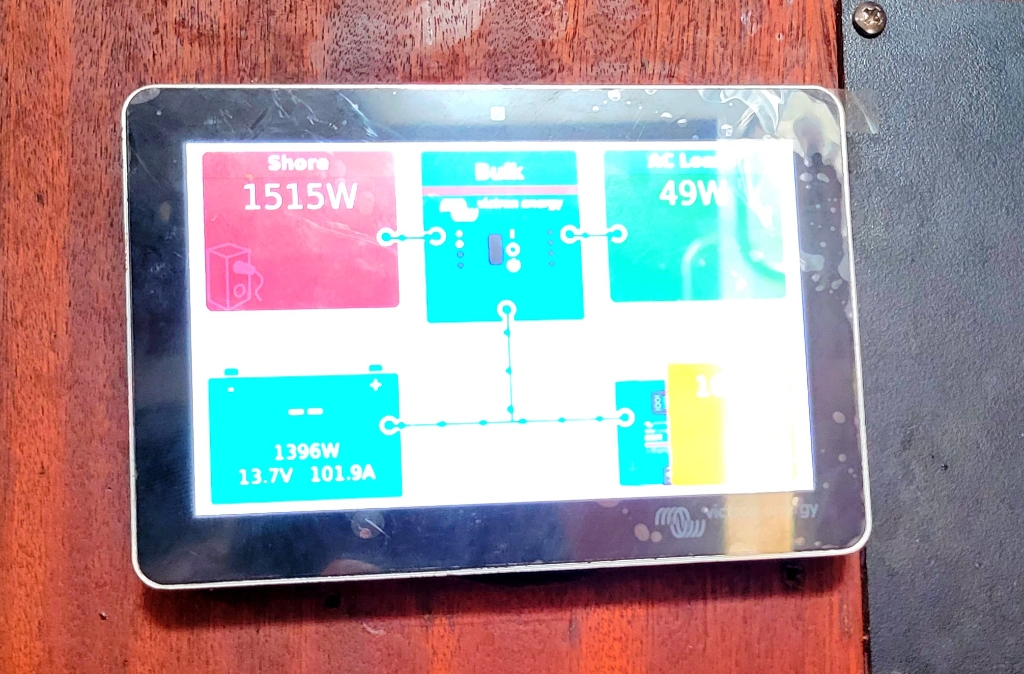Our longest passage yet will likely be our longest passage ever if I can choose. I expected the voyage from Panama to Polynesia to be a mix of bad and good. I was correct. Compared to others who did the journey, thirty days at sea from Panama to Polynesia was average. I’m happy it’s over.
Passage Problems
Even on a short sail problems inevitably pop up, so with a 3800 mile+ passage, we knew anything could happen! Since we arrived in Nuku Hiva unharmed and with no major boat damage, we count ourselves lucky but the sail from Panama to French Polynesia was far from perfect.
No wind
Leaving Panama, we expected to have very little wind, and we were right. The first few days of the passage we crawled and we covered very little ground. In fact, many followers noticed our boat do a big circle on our map tracker. It wasn’t a mistake. With no wind and trying to conserve fuel that early in the trip, that was our actual course that day! Fortunately, that section of Panama was the lightest wind we had on the voyage. Unfortunately, it was the end of the warm weather. We were in hoodies soon after!
No Sun
Even worse for us with our new lithium batteries and upgraded solar panels was the absolute lack of sun. While we didn’t have much rain and only a couple minor squalls on the trip from Panama to Polynesia, the clouds followed us for weeks! Fortunately we brought a lot of gas for our generator because we used it! We had to run it early and often to keep our battery – and autopilot and chart plotter – running at night. Which leads us to another problem!
Continue reading “Thirty Days at Sea From Panama to Polynesia”



